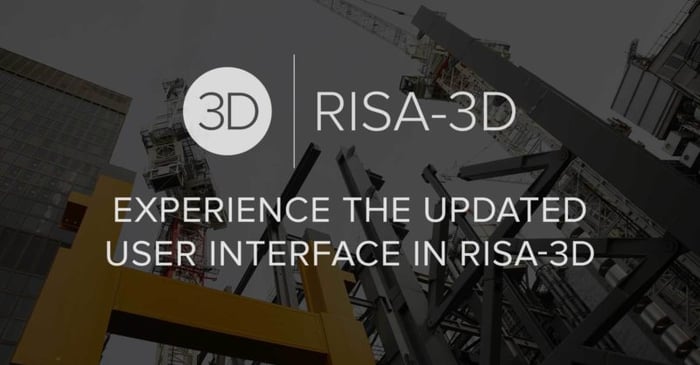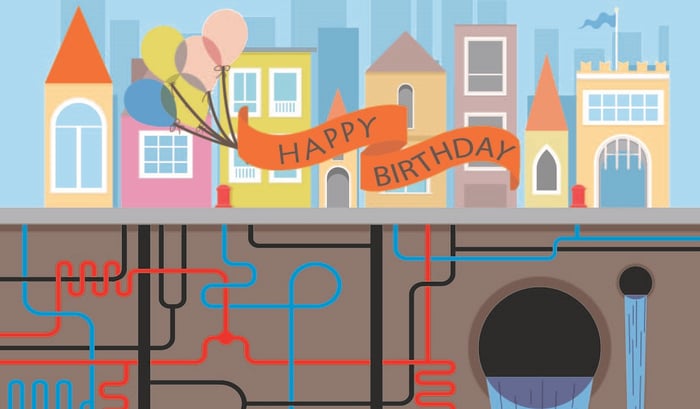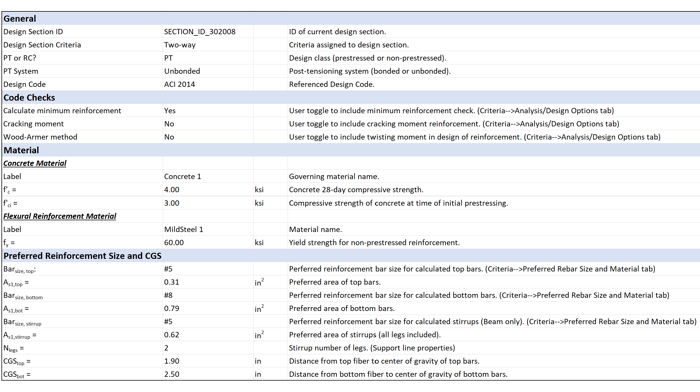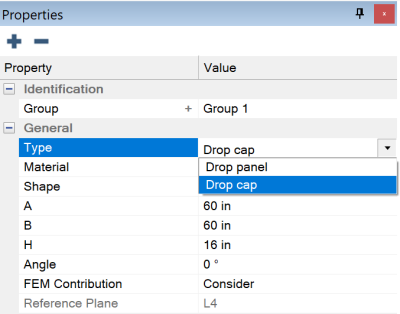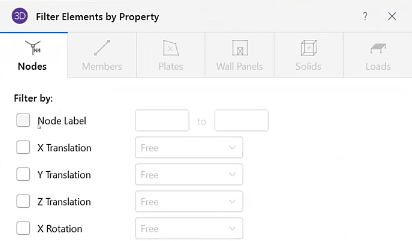
February 27, 2023
Print Filtered Report Results in RISA-3D v21.0
With the addition of Filter Elements by Property option in RISA-3D v21, the printed reports have been improved. In previous versions, you had to filter each report section. Now you’ll find the Report spreadsheets can be filter in one location for the printed report. The Filter Elements by Property...




